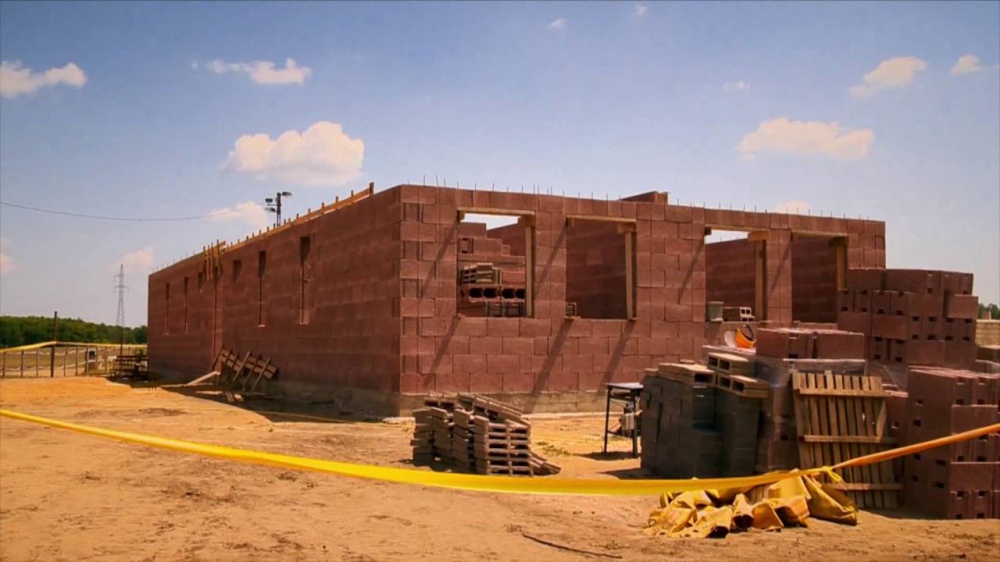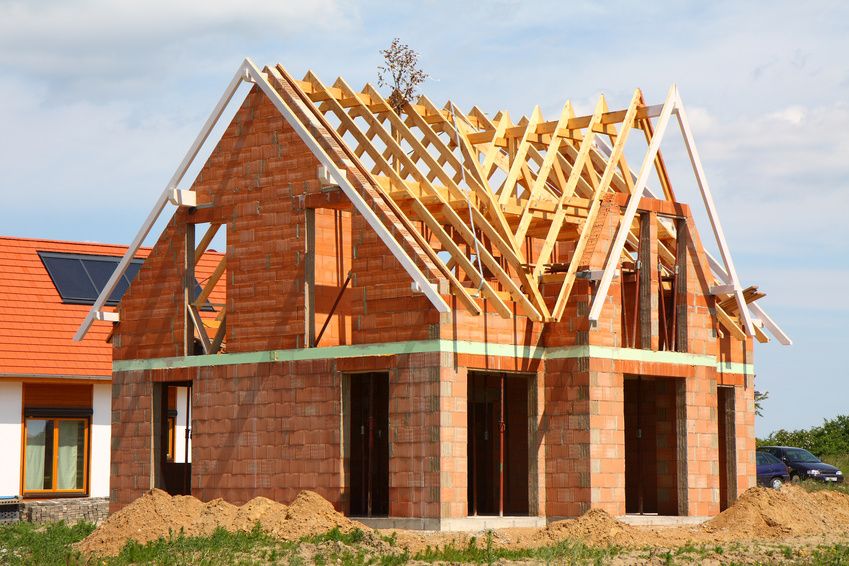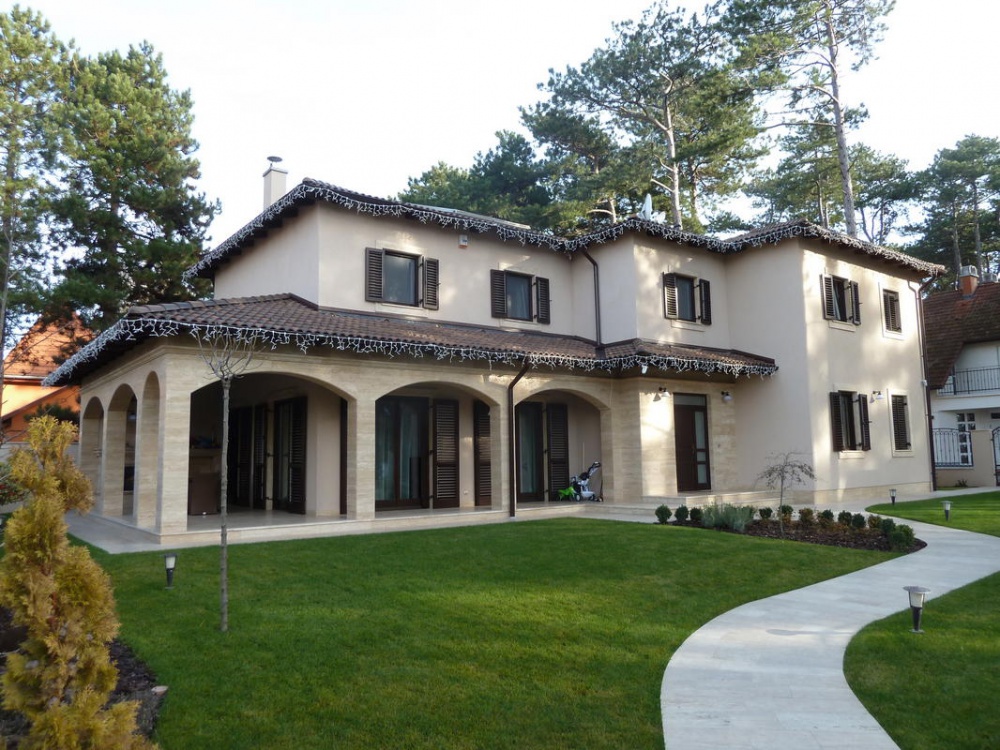Construction on a third-party plot – whose property will it be?
The rules on building on third-party property are specified in the Civil Code under the term “building on another person’s land”. Building on another person’s land may provide what is known as an “original mode” of acquisition, which essentially means that you build using your own materials on someone else’s land. The consequences of building on another person’s land are determined primarily by the agreement between the parties (the land owner and the appendage builder) in which they can freely determine the fate of the building and the land. If the parties do not regulate the ownership of the building and the land, the Civil Code will attempt to settle definitively the ownership relationship between the parties.
The primary principle in such settlement is the proportionate value of the structure and the land; however, the consequences specified by the law are also affected by whether the appendage builder acted in good or bad faith and whether the owner objected in time to the construction.
According to the Civil Code, if you build in good faith on someone else’s land without the right to do so, the ownership title to the building will be acquired by the land owner, who is, however, obliged to pay for his gain to the person who built on his land. Upon the land owner’s request, the court may oblige the appendage builder to buy the land – or if the land is divisible – the relevant part of the land. However, the appendage builder acquires the right to the land or the relevant part thereof if the value of the building is considerably higher than that of the land or the relevant part thereof. Upon the land owner’s request, the court may also rule that the person who built on the land has acquired title to the building, in which case the appendage builder will acquire a usage right with respect to the land.
“If the person building on another person’s land did so in bad faith or if the owner of the land protested the construction at a time when restoring the property to its original state would not have caused disproportionate damage to the appendage builder, the rules on encroachment must be applied appropriately. A builder is deemed to have acted in bad faith if before the start of the construction works he knew, or should have known under the circumstances, that such building would infringe upon the owner’s ownership rights”, explains Gabriella Gálik, solicitor, on behalf of KCG Partners.
If, therefore, the parties do not agree on how to settle the matter of the ownership title to the building and the land, the following situations may arise based on the Civil Code:
- the ownership title to the building is acquired by the land owner, as an add-on, or
- the appendage builder acquires the ownership title to the land, or
- the title to the building and the land are divided in such a way that the building does not merge into one asset with the land, but is deemed a separate property that is owned by the appendage builder, or
- if the building has been erected on a jointly owned property, the shares held in the joint property will change accordingly.
Previous court practice also says that building on another person’s land may result in the acquisition of ownership by the builder only if the structure is built to last.
What is extension?
The Civil Code also recognises the notion of “extension”, which happens if a person, using his own materials, builds in good faith an extension to a building owned by another person, and thereby significantly increases the value of that property. In this case, in the absence of an agreement to the contrary between the builder and the owner of the building, the property will be jointly owned. The value of the individual ownership ratios must be determined in proportion to the value of the entire property against that of the extended part at the time of the completion of the extension. If the extension was built in bad faith, the rules applicable to building on another person’s land in bad faith apply.
Legal regulations related to construction – certifying “the right to build”
Besides the provisions of the Civil Code, the regulations relating to building on third-party property are also useful to consider. The question is how you can build on the land of another without the knowledge of the owner of the land, i.e. do you need to demonstrate the right to build in the course of the licensing procedure or afterwards.
From 1 January 2013, the Construction Act provides as follows: a construction authority permit may be granted as set forth in the act and in the government decree if the application and its annexes as well as the requested activity comply with the professional requirements set forth in the statutory regulations. Currently the Construction Act does not contain any provisions that are applicable to certifying the right to build.
Government Decree 312/2012 on construction authority procedures no longer contains any rules – in contrast to the previous decree – regarding the certification of the right to build and building on third-party property. In the event of construction on third-party property, the right to build must still be certified with respect to certain types of structures such as power plants and electronic telecommunications structures. In other words, the building permit, or the act of reporting, in the case of general structures does not require the developer to certify his right to build to the authority, and the authority does not examine that, and is not permitted to either.
However, Government Decree 191/2009 on construction industry activities stipulates that in the case of general structures, if the developer is not the owner of the land, structure or part of a structure on which the building activities are taking place, the handover to the general contractor of the construction site must be acknowledged by the owner of the land, structure or part of a structure in a separate declaration, which must be attached to the construction log. In the absence of such a declaration, the construction site cannot be handed over to the general contractor, the construction log cannot be opened and the construction cannot be started.
“Therefore, instead of including it in a licensing procedure, the certification of the right to build must be included in the construction log. Experience, however, shows that the requirement to include the right in the construction log is easier to evade than the previous requirement under which a review of the right to build was a part of the licensing procedure itself. This circumstance requires land owners to be more vigilant”, says the expert.




